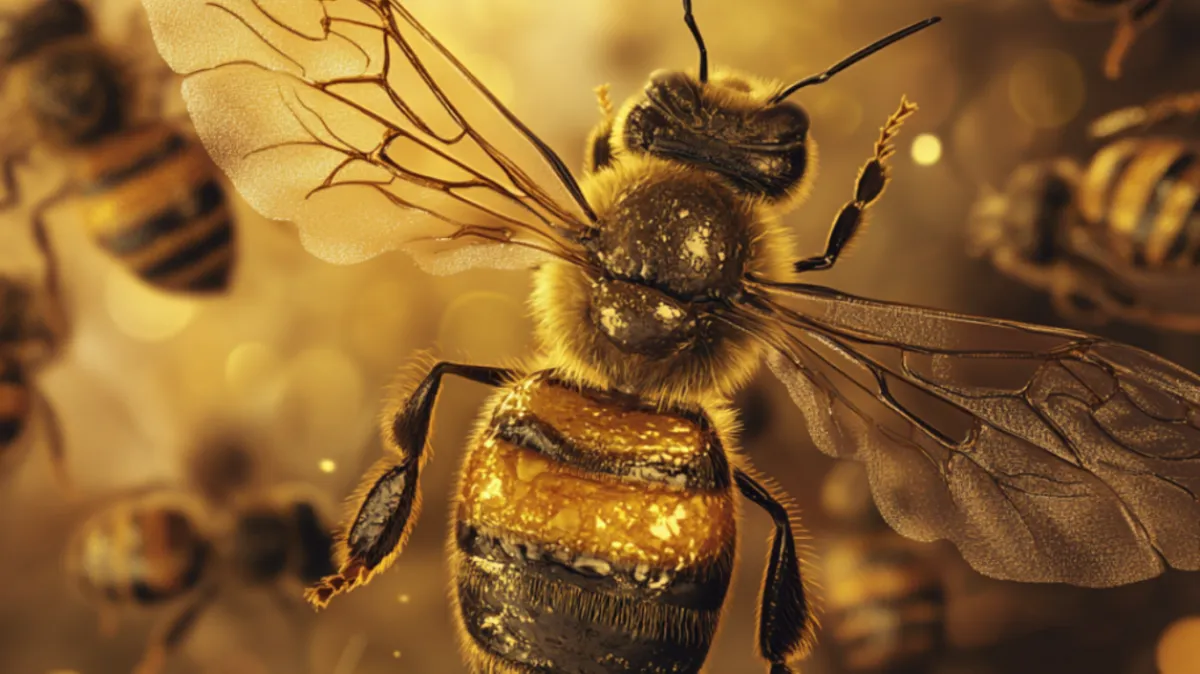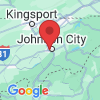The Shield Pest Journal
Check out Shield Pest Appalachia’s most recent blog posts for helpful pest prevention and control suggestions. Our blog covers from detecting common pests to creating tailored solutions in the Tennessee and Virginia areas. Do you have a pest-related question? Contact us today for experienced guidance and solutions targeted to your specific needs.

Spring Pest Awakening: Early Prevention Strategies
Understanding the Threat of Spring Pests in Johnson City, TN
As winter fades and temperatures begin to rise in Johnson City, TN, the awakening of dormant pests poses new challenges for homeowners. Understanding which pests are likely to become active in your area and the risks they pose is crucial for early prevention. Here’s a closer look at the common spring pests in Johnson City and why early detection is essential:
Ants:
Behavior: As the soil warms, ants awaken from dormancy and start their search for food and water, which often leads them into homes.
Risks: Ants can contaminate food, and some species, like carpenter ants, can cause damage to wooden structures.
Prevention Tips: Ensure that food is stored in airtight containers and that any spills or crumbs are cleaned up promptly to avoid attracting ants.
Termites:
Behavior: Termites are attracted to moisture and can often be found in or around homes with damp basements, leaky pipes, or improper drainage.
Risks: Termites feed on wood, potentially causing extensive and costly damage to the structural integrity of a home if left unchecked.
Detection Tips: Look for mud tubes on exterior walls, wood that sounds hollow when tapped, and visible swarms of winged termites in or around the home.
Other Common Spring Pests:
Carpenter Bees: These bees are known for boring into wood to lay their eggs, which can lead to structural damage over time.
Spiders: While spiders are beneficial in controlling other insect populations, their presence can be unsettling, and some species may bite if threatened.
Conducting a Comprehensive Home Inspection for Pests
A thorough home inspection is a pivotal step in safeguarding your property from pest infestations, especially during the transition from cold to warmer months. Here’s a detailed guide on how to carry out an effective inspection of your home, both inside and out:
Exterior Checks:
Foundation and Walls: Examine the foundation and exterior walls of your house for any cracks or crevices. Pests such as ants and termites can enter through the smallest openings.
Windows and Doors: Check for gaps around window frames and doors. Seal any openings with weather stripping or caulking to prevent entry.
Roof and Gutters: Inspect the roof and gutters for signs of deterioration that might allow pests access. Ensure gutters are clean and free of debris to prevent standing water, which can attract pests like mosquitoes.
Landscaping: Survey the landscaping close to your home. Overgrown vegetation can provide shelter and entry points for pests. Trim bushes and tree branches to keep them away from the house.
Interior Surveillance:
Basements and Crawl Spaces: These areas are prone to dampness and can attract a variety of pests. Look for signs of water damage, mold growth, or pest droppings. Ensure that any crawl space vents are intact and secure.
Attics: Check for signs of nesting or droppings. Attics are common hideouts for rodents and other small mammals during colder months. Inspect for any holes or gaps in the roof that might serve as entry points.
Kitchens and Bathrooms: These areas are particularly vulnerable due to the presence of water. Check under sinks, around appliances, and along pipe entries for any signs of pests. Look for leaking pipes or areas of condensation that might attract pests.
Garages and Storage Areas: These less frequented spaces can become breeding grounds for pests. Check for clutter, standing water, or stored food that might attract pests. Make sure all stored items are off the floor and properly contained.
Effective Landscape Management to Minimize Pest Risks
The way you manage the landscaping around your Johnson City home can greatly influence pest activity. Here are some targeted strategies to help you maintain a landscape that discourages pests from taking up residence:
Vegetation Control:
Trim Overgrowth: Regularly trim bushes, shrubs, and tree branches to maintain a distance from your house. Overgrown vegetation touching your home can act as bridges for pests to easily access your living spaces.
Grass Maintenance: Keep your lawn well-mowed and healthy. Tall grass provides hiding spots and breeding grounds for pests like ticks and mosquitoes.
Wood and Organic Material Management:
Woodpile Storage: Store firewood and lumber away from your home, ideally elevated off the ground and covered. This reduces the risk of termites and other wood-boring insects coming close to your house.
Mulch Choices: Use inorganic mulch materials such as rubber, stone, or pea gravel near the foundation. These materials are less attractive to pests like termites and carpenter ants compared to traditional wood mulch, which retains moisture and can decay.
Water Management:
Proper Drainage: Ensure that your landscaping does not allow water to collect near the foundation. Install drains or slopes to direct water away from your home, reducing moisture that attracts pests.
Fix Water Leaks: Repair any irrigation system leaks and adjust sprinkler settings to avoid excess water accumulation, which can create ideal conditions for pests.
Garden and Plant Selection:
Pest-Resistant Plants: Consider planting pest-resistant varieties which are less likely to attract pests to your garden. Consult with local nurseries to find the best options for the Johnson City area.
Strategic Plant Placement: Position plants that require more water and maintenance further from your home, minimizing pest attraction near your living spaces.
Debris and Clutter Management:
Regular Cleaning: Remove fallen leaves, branches, and other organic debris promptly. Decomposing plant matter can attract pests and provide a habitat for them to breed.
Seasonal Clean-Up: Engage in thorough seasonal clean-ups especially during fall and spring to clear any remnants that might have accumulated and could provide shelter for pests.
For more details on how to protect your home, visit Shield Pest Appalachia’s dedicated services https://shieldpesttn.com/ for residents in Johnson City, TN.
Office:
1300 University Pkwy, Johnson City, TN 37604, United States
Call
423-379-2775
Copyright 2024. All Right Reserved.

